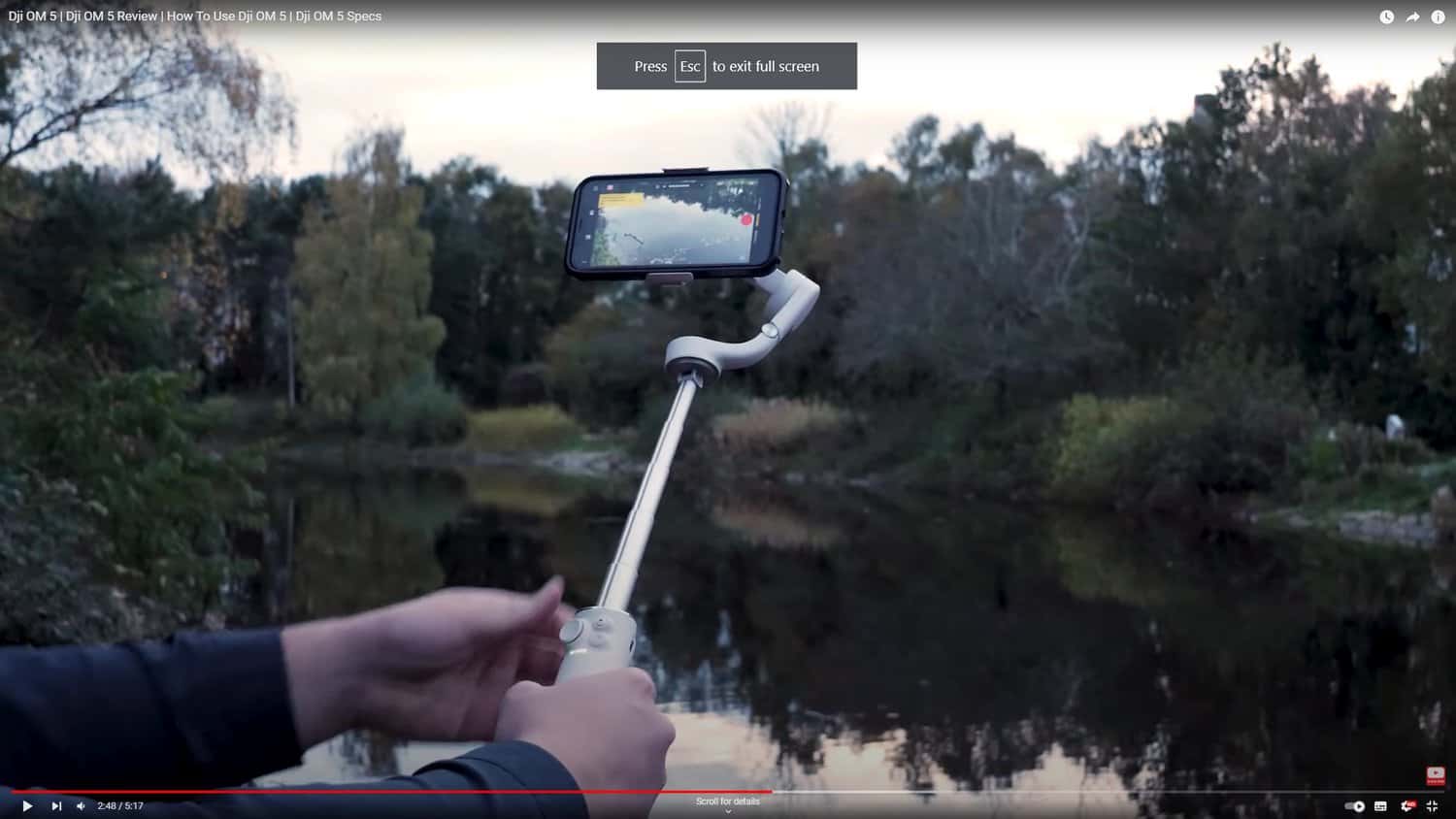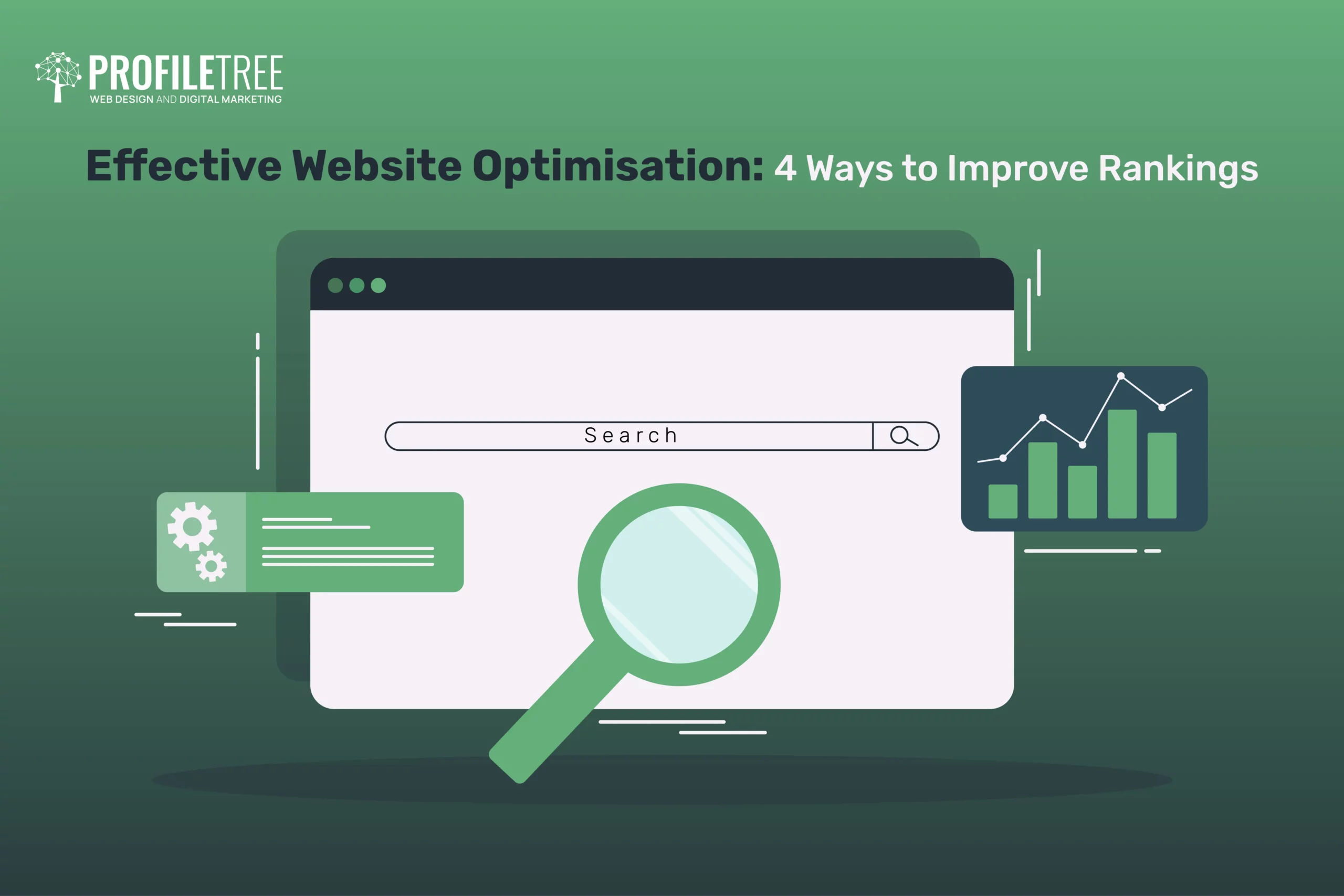
Mastering the User Journey: Mapping Touchpoints from Discovery to Advocacy
Table of Contents
Many businesses talk about user funnels or conversion paths, but often miss the bigger picture: the holistic user journey from first brand impression to loyal advocacy. This comprehensive guide unpacks the essentials of mapping multi-channel customer touchpoints, helping you design a seamless experience at every stage—discovery, consideration, purchase, retention, and beyond.
Why a User Journey Mindset Matters
Understanding the user journey helps businesses create seamless, engaging experiences that drive conversions. By anticipating needs at each stage, brands can deliver the right content, at the right time, to the right audience.
Holistic Perspective
Instead of focusing solely on final conversions, a user journey approach acknowledges all the micro-interactions that shape your customers’ feelings and decisions. From initial blog discovery to social media engagement or physical store visits, each touchpoint contributes to the overall brand perception.
“Understanding the complete user journey has been transformative for our clients,” says Ciaran Connolly, Director of ProfileTree. “When businesses map out every interaction point with their customers, they stop seeing conversions as isolated events and start recognising the interconnected experiences that build lasting relationships.”
Personalisation & Consistency
By mapping the journey comprehensively, you can ensure brand consistency across each step, preventing customers from experiencing jarring contradictions in messaging, visual identity, or service quality. This consistency builds trust and reduces cognitive dissonance.
Research shows that brands delivering consistent experiences across all touchpoints see a 33% increase in customer loyalty compared to those with fragmented approaches. This consistency becomes increasingly important as customers interact with businesses across an ever-expanding array of channels.
Long-Term Advocacy
The user journey doesn’t end at purchase—in fact, the post-purchase experience often determines whether a one-time buyer becomes a loyal advocate. Mapping all post-purchase steps is crucial to building a sustainable business model based on repeat customers and referrals.
Studies indicate that increasing customer retention by just 5% can boost profits by 25-95%, highlighting the financial value of extending your journey mapping beyond the initial conversion.
Core Stages in a Typical User Journey
A typical user journey includes awareness, consideration, decision, and retention stages. Each phase requires tailored content and engagement strategies to guide users toward conversion and long-term loyalty.
Discovery (Awareness)
Potential customers first learn about your brand through search engines, social media, referrals, or traditional advertising. At this stage, your content and design must spark curiosity without causing confusion.
Key considerations during the discovery phase:
- How easily can prospects find information about your offerings?
- Does your messaging clearly communicate your unique value proposition?
- Are you present in the channels where your target audience naturally spends time?
- Do first impressions align with your brand identity and values?
Consideration
During this stage, prospects research solutions, compare options, read reviews, and consume educational content like tutorials or demonstrations. If they encounter cohesive messaging and easily find the information they need, trust begins to develop.
Effective consideration phase strategies include:
- Providing detailed product information and specifications
- Offering comparison tools that highlight your advantages
- Sharing authentic customer testimonials and case studies
- Creating educational content that demonstrates expertise
- Making pricing and terms transparent and easy to understand
Decision / Purchase
This critical phase encompasses the final signup or checkout process. If the experience is smooth with minimal friction, customers receive confirmation that your brand is reliable and professional.
Factors that influence the decision phase include:
- Streamlined checkout or registration processes
- Clear information about next steps
- Transparent policies regarding returns, cancellations, or commitments
- Reassurance about security and privacy
- Immediate confirmation and acknowledgement
Retention
The ongoing customer experience—including onboarding, regular communications, product usage, and support interactions—determines whether customers remain satisfied and continue their relationship with your brand.
Effective retention strategies include:
- Thoughtful onboarding processes that ensure initial success
- Regular, valuable communications that aren’t purely promotional
- Proactive customer support that anticipates potential issues
- Loyalty programmes that reward continued engagement
- Opportunities for customers to provide feedback and feel heard
Advocacy
Your most loyal customers become brand ambassadors, recommending your business publicly through reviews, referrals, or social media endorsements. This organic promotion represents the pinnacle of a successful user journey.
Factors that encourage advocacy include:
- Consistently exceeding customer expectations
- Creating memorable, shareable experiences
- Providing incentives for referrals and reviews
- Recognising and celebrating customer loyalty
- Building community around your brand values
Mapping Touchpoints
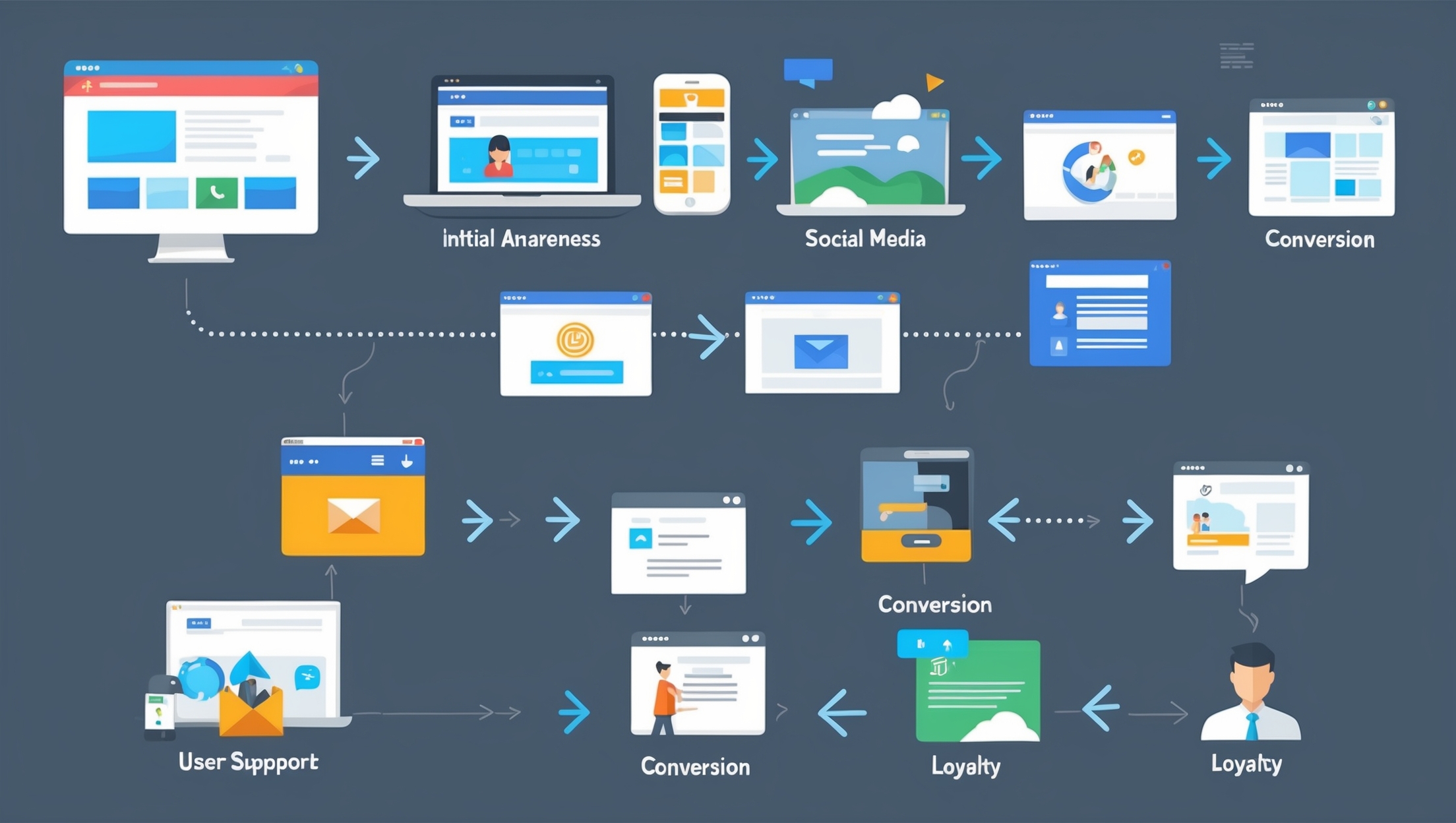
Mapping touchpoints helps identify key interactions users have with your brand across channels. Understanding these moments allows for optimised engagement and a seamless customer experience.
Identifying Channels
The first step in journey mapping is identifying all possible places where customers interact with your brand:
- Website visits and specific page interactions
- Email and newsletter communications
- Social media engagements and direct messages
- Physical locations or event presences
- Customer support conversations (phone, chat, email)
- Mobile app interactions
- Third-party review sites and marketplaces
- Packaging and product unboxing experiences
For each channel, document the specific touchpoints that occur before, during, and after purchase.
Detail Each Stage
For every touchpoint within each channel, define your customers’ typical:
- Emotional state and mindset
- Questions and concerns
- Goals and desired outcomes
- Time constraints and attention level
- Device preferences and usage context
For example, during the “Awareness” phase, a customer might quickly glance at your website’s homepage on their mobile phone while commuting, forming initial impressions in seconds rather than minutes.
Pinpoint Pain Points
Identify moments where customers experience friction or confusion:
- Are customers abandoning their shopping baskets when shipping costs appear?
- Do support requests spike at particular points in the onboarding process?
- Are email subscribers unsubscribing after certain types of communications?
- Do website visitors consistently drop off on specific pages?
These friction points represent your greatest opportunities for improving the customer experience and increasing conversions.
Designing Seamless Transitions
Seamless transitions between touchpoints keep users engaged and reduce friction. A well-designed flow ensures a smooth journey from awareness to conversion.
Handoffs
Customers should experience consistent messaging as they move between channels. If someone clicks a product advertisement on social media, the landing page they reach must deliver on the ad’s promise. Misalignment between expectations and reality leads to immediate disengagement.
Best practices for smooth handoffs include:
- Creating dedicated landing pages for specific campaigns
- Maintaining visual consistency across platforms
- Ensuring promotional codes work seamlessly
- Referencing the customer’s entry point in follow-up communications
User Data Consistency
Customer information should travel with them across your digital ecosystem. If someone creates an account on your website, that same login should work for your mobile app, customer portal, and any other platforms you offer. Forced re-registration or inconsistent recognition frustrates customers and signals disorganisation.
Implementation strategies include:
- Unified customer databases across platforms
- Single sign-on capabilities for all digital properties
- Consistent access to purchase history and preferences
- Synchronised saved items or user-generated content
Cross-Channel Follow-Up
Bridge online and offline experiences with thoughtful follow-up communications. If a customer visits your physical location or attends an event, a personalised email or text message can acknowledge that interaction and suggest relevant next steps, creating a cohesive experience across different environments.
Effective cross-channel coordination might include:
- Thank-you emails after in-store purchases with digital receipts
- Follow-up resources related to event topics or demonstrations
- Special offers that reference previous interactions
- Check-in messages after product delivery or service completion
Tools and Methods for Journey Mapping
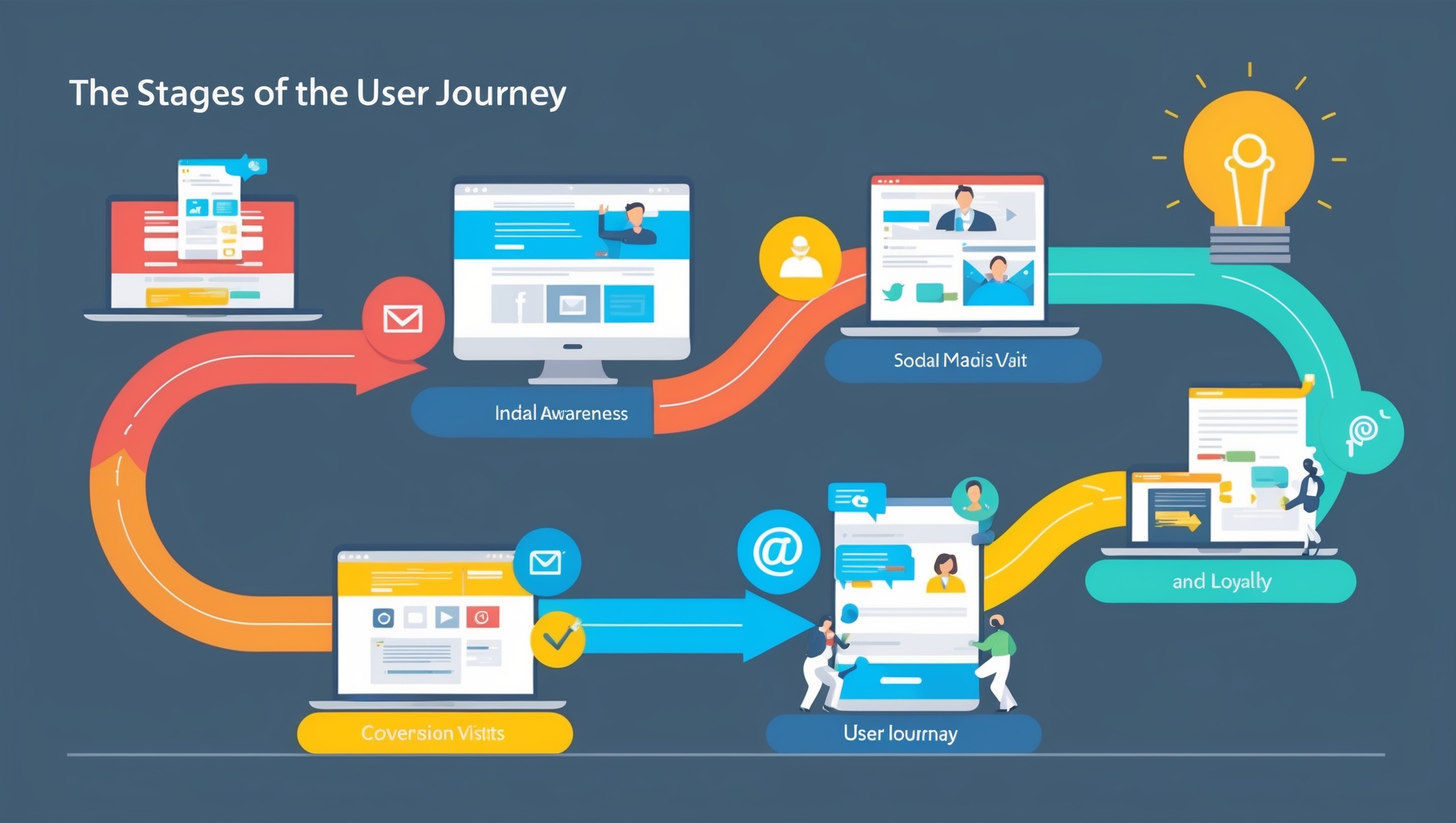
Effective journey mapping relies on data-driven tools like heatmaps, analytics, and customer feedback. These methods help visualise user interactions and optimise the experience.
Empathy Maps
These visual tools help teams understand customers’ thoughts, feelings, actions, and pain points at each journey stage. Empathy maps typically feature four quadrants:
- What the customer is thinking
- What the customer is feeling
- What the customer is saying and doing
- What the customer is hearing from others
This exercise helps highlight emotional triggers or obstacles that quantitative data might miss.
User Personas
Create detailed profiles representing key customer segments, including:
- Demographic information
- Professional background and responsibilities
- Goals and motivations
- Pain points and challenges
- Technology preferences and comfort levels
- Decision-making processes
Each persona’s journey might vary significantly in preferred channels, motivations, or obstacles, requiring tailored approaches.
Journey Flow Diagrams
These visual flowcharts illustrate the steps customers take, decisions they make, and potential branch paths they might follow. Journey maps typically include:
- Sequential touchpoints across multiple channels
- Decision points with alternative paths
- Emotional states at each stage
- Backend processes supporting each interaction
- Ownership and responsibility for each touchpoint
These diagrams help teams visualise the complete experience and identify opportunities for improvement.
Example: A SaaS Business’s User Journey
A SaaS user journey typically starts with awareness through ads or SEO, followed by research on features and pricing. The user then signs up for a trial, engages with onboarding content, and, if satisfied, converts to a paid plan, with retention strategies keeping them engaged.
Discovery
A potential customer encounters a LinkedIn post explaining a “Time-Saving Project Management Tool” that addresses a specific pain point they’re experiencing.
Touchpoints:
- LinkedIn sponsored post with problem-focused messaging
- Initial website visit to the homepage
- Brief review of the company’s about page to assess credibility
Consideration
The prospect dives deeper into research about the solution.
Touchpoints:
- Reading an in-depth blog post explaining the methodology
- Watching a 2-minute feature demonstration video
- Reviewing pricing and package options
- Reading customer testimonials and case studies
- Signing up for a free trial with basic information
Decision
The potential customer actively evaluates the solution during the trial period.
Touchpoints:
- Onboarding email sequence with getting-started resources
- Product usage during the 14-day trial period
- Targeted email tips highlighting key features
- Live chat support for technical questions
- Webinar invitation for advanced feature demonstration
- Conversion to paid plan through in-app prompt
Retention
The new customer begins incorporating the tool into their regular workflow.
Touchpoints:
- Success manager welcome call
- Regular feature update notifications
- Monthly usage reports and optimisation tips
- Educational webinars and advanced tutorials
- Quarterly review meetings for enterprise clients
- Renewal reminders with account-specific value metrics
Advocacy
Satisfied customers begin sharing their positive experiences with others.
Touchpoints:
- In-app prompts to review the product on G2 or Capterra
- Referral programme invitation with incentives
- Case study participation opportunity
- User community participation and peer support
- Social media engagement with company content
Addressing E-E-A-T Throughout the Journey
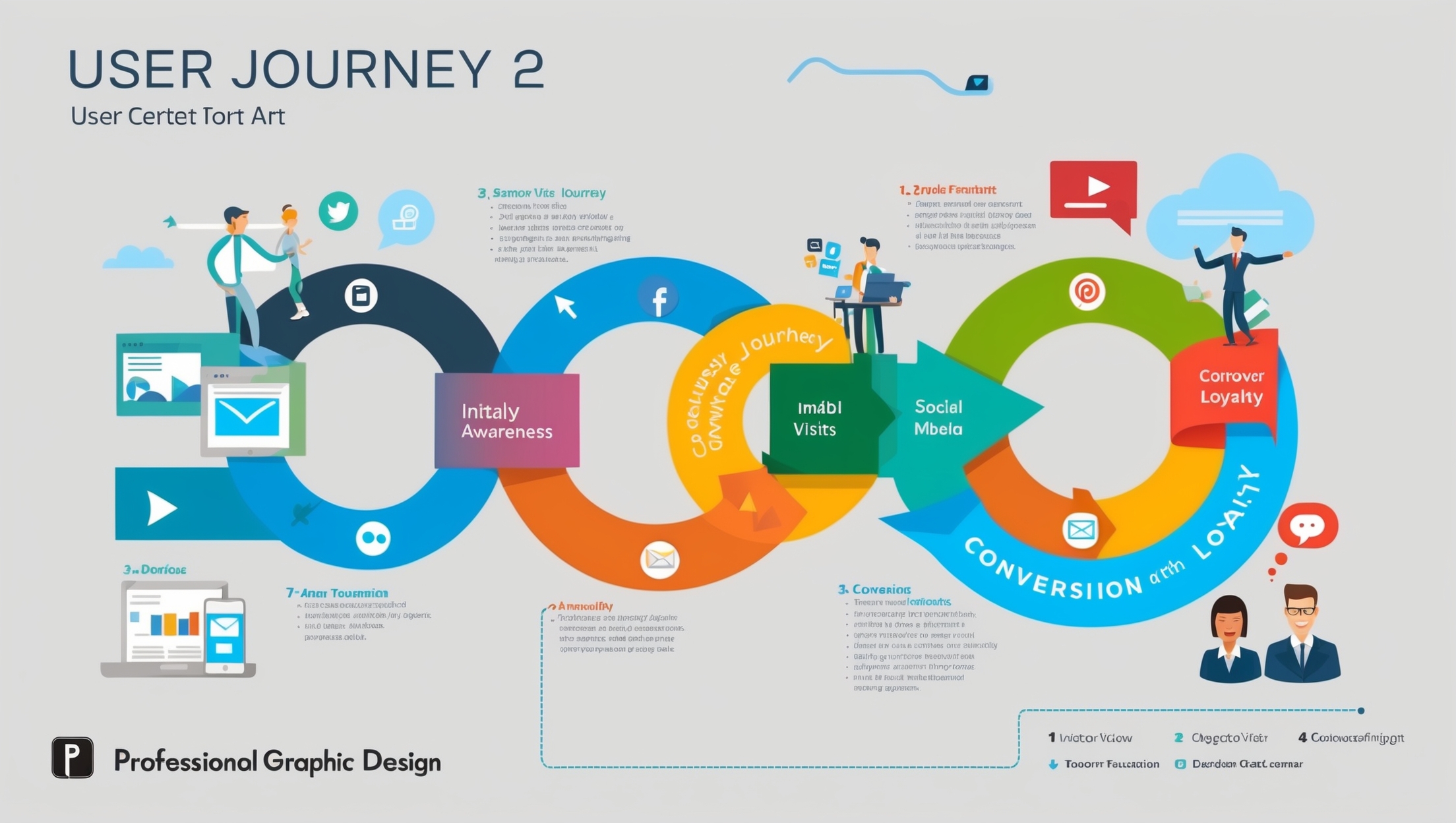
Ensuring E-E-A-T (Experience, Expertise, Authoritativeness, and Trustworthiness) throughout the user journey builds credibility and fosters conversions. From authoritative content in the awareness stage to expert-driven support in retention, maintaining transparency and reliability at every touchpoint enhances trust and long-term engagement.
Experience
During the Awareness and Consideration phases, demonstrate your practical experience:
- Highlight team backgrounds and industry expertise
- Share authentic brand stories and development journey
- Provide statistics on customers served or problems solved
- Document your evolution and improvements over time
This evidence of real-world experience builds credibility during initial research.
Expertise
As prospects move deeper into consideration, demonstrate subject matter expertise:
- Offer detailed product knowledge and technical specifications
- Provide comprehensive guides and educational resources
- Show mastery of your field through thought leadership content
- Anticipate and address complex questions before they’re asked
Demonstrated expertise reassures customers that you understand their needs and can deliver appropriate solutions.
Authoritativeness
Establish your position within your industry:
- Showcase customer success stories and case studies
- Highlight press coverage and industry recognition
- Display relevant certifications and partnerships
- Reference published research or speaking engagements
Third-party validation strengthens your position against competitors during the decision phase.
Trustworthiness
Build confidence through transparent business practices:
- Provide clear, comprehensive pricing information
- Offer customer-friendly policies and terms
- Maintain consistent brand voice and values across all channels
- Protect customer data with robust security measures
- Deliver on promises made during marketing and sales
Trust becomes particularly crucial during the decision phase and supports long-term retention.
Avoiding Journey Fragmentation
A fragmented user journey can lead to confusion and drop-offs. Ensuring consistency across all touchpoints—content, design, and messaging—creates a seamless experience that keeps users engaged and moving toward conversion.
Disjointed Messaging
Inconsistent communication creates cognitive dissonance and erodes trust. If customers encounter a casual, friendly brand voice on social media but face formal, technical language in email communications, the disconnect creates uncertainty about your true identity.
Prevention strategies include:
- Developing comprehensive brand guidelines
- Creating channel-specific content standards
- Implementing review processes for major communications
- Ensuring all customer-facing teams understand brand positioning
Landing Pages
Many businesses carefully craft their main website but neglect campaign-specific landing pages. When customers click through from a targeted advertisement to a generic homepage, they lose the context that prompted their interest.
Best practices include:
- Creating dedicated landing pages for each significant campaign
- Maintaining visual and messaging consistency with source materials
- Focusing on specific customer segments and their unique needs
- Providing clear next steps relevant to the entry point
Customer Support
Post-purchase support often falls into a different department from marketing and sales, creating potential disconnects. If customers encounter slow or unhelpful responses after purchase, their earlier trust is undermined, damaging long-term loyalty.
Integration strategies include:
- Sharing customer journey maps with support teams
- Providing support staff with complete customer interaction history
- Setting consistent service standards across departments
- Creating feedback loops between support and product teams
Iterating for Continuous Improvement
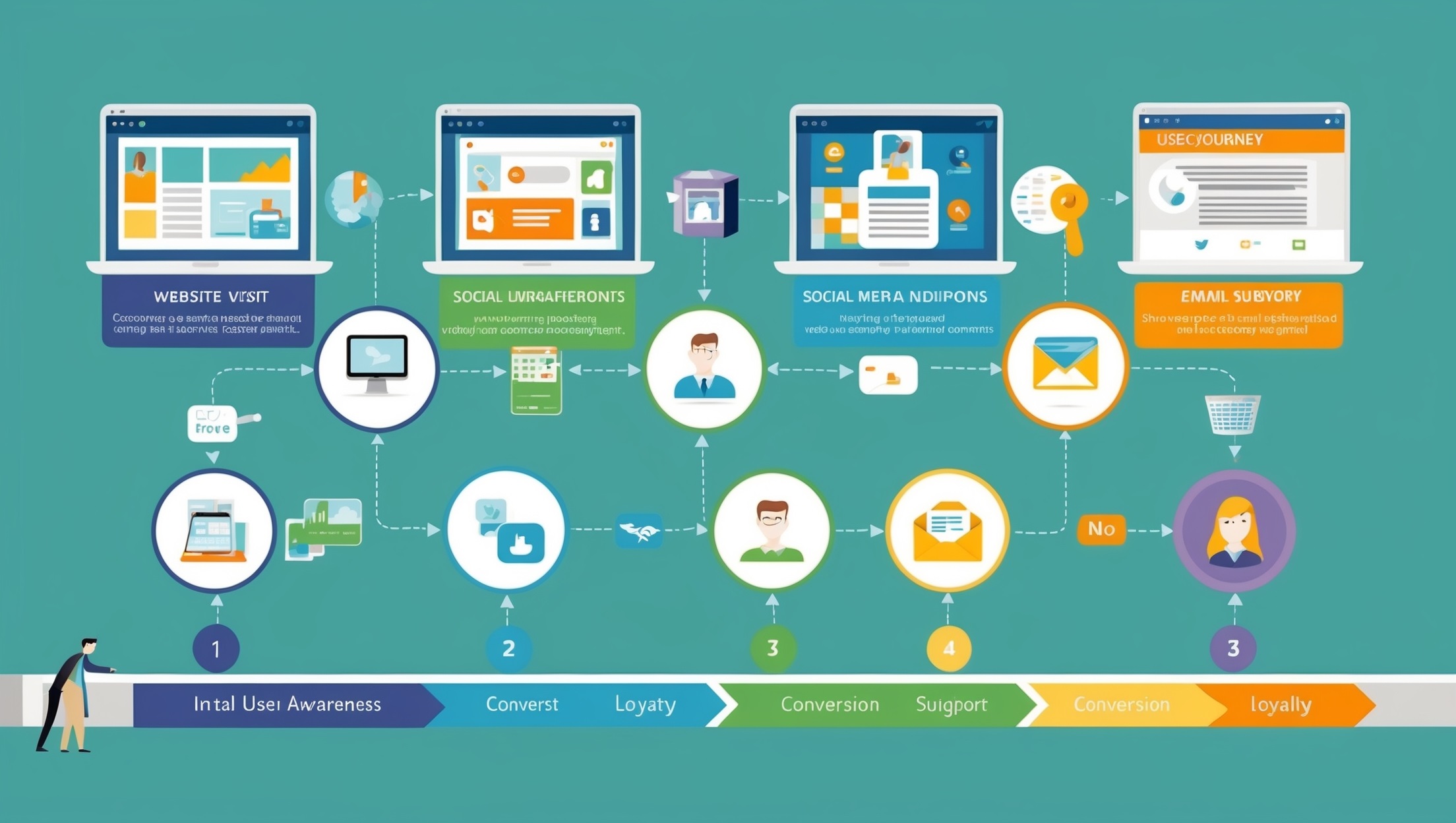
User journeys evolve, and so should your strategy. Regularly analyse data, gather feedback, and refine touchpoints to enhance engagement, optimise conversions, and improve overall user experience.
Analytics on Every Step
Implement comprehensive tracking to understand customer movement through your journey:
- Multi-touch attribution models in analytics platforms
- Customer relationship management (CRM) funnel tracking
- Heatmaps and session recordings for website interactions
- Conversion rate analysis for key transition points
- Cohort analysis for long-term retention patterns
These metrics help identify where customers exit the journey and which touchpoints drive desired outcomes.
Refine Over Time
Use data and insights to make targeted improvements:
- If customers abandon registration forms, simplify the information required
- If certain content types drive higher engagement, produce more similar material
- If particular channels yield higher-quality leads, adjust resource allocation
- If specific user segments show distinctive patterns, create tailored journeys
The journey map should be a living document that evolves as you learn more about customer behaviour and preferences.
User Feedback Loops
Direct customer input provides invaluable context for quantitative data:
- Post-purchase surveys about the decision process
- Micro-feedback opportunities throughout the journey
- Customer interviews about specific touchpoints
- Usability testing for digital interactions
- Exit surveys when customers leave or unsubscribe
This qualitative information helps explain the “why” behind the “what” revealed by analytics.
Implementing Journey Mapping in Your Organisation
Integrating journey mapping into your organisation requires collaboration, data analysis, and continuous refinement. Align teams, leverage insights, and adapt strategies to create seamless, user-centric experiences.
Cross-Functional Collaboration
Journey mapping requires input from multiple departments:
- Marketing teams provide insight into acquisition channels and messaging
- Sales teams understand customer questions and decision factors
- Product teams know feature usage patterns and pain points
- Customer service teams hear direct feedback and common issues
- Operations teams manage fulfilment and delivery experiences
Bring these perspectives together to create a complete picture of the customer experience.
Prioritising Improvements
Not all journey enhancements can be implemented simultaneously. Establish clear criteria for prioritisation:
- Impact on customer satisfaction and retention
- Potential revenue or efficiency improvements
- Resource requirements and implementation complexity
- Alignment with strategic business objectives
- Competitive differentiation opportunities
Focus first on high-impact, low-resource improvements to build momentum.
Technology Integration
Modern journey management often requires coordinated technology solutions:
- Customer data platforms to unify information
- Marketing automation for personalised communications
- CRM systems to track interactions and preferences
- Analytics tools to measure engagement and conversion
- Customer feedback platforms to gather direct input
Ensure these systems share data effectively to support a unified customer view.
Conclusion
User journey mapping and touchpoint analysis transform customer engagement from guesswork into a structured, empathy-driven approach. By guiding customers seamlessly from discovery to advocacy—ensuring each channel and content piece complements the next—you create a memorable brand experience that stands out in a crowded marketplace.
Whether customers first encounter your brand via social media, search engines, or word-of-mouth referrals, consistent messaging, user-centric design, and empathetic follow-up form the backbone of digital success. The reward for this holistic approach? Higher conversions, deeper loyalty, and customers who become genuine brand advocates, all because they find each step of your journey both intuitive and resonant.
Embracing a user journey mindset is no longer optional—it’s the cornerstone of modern digital marketing and sustainable business growth in an increasingly complex multi-channel world.
ProfileTree specialises in helping businesses across Northern Ireland, Ireland, and the UK develop comprehensive customer journey strategies. Our team combines technical expertise in digital channels with strategic marketing insight to create seamless, conversion-optimised user experiences. Contact us to discuss how we can help transform your customer journey from fragmented touchpoints into a cohesive, brand-building experience.




